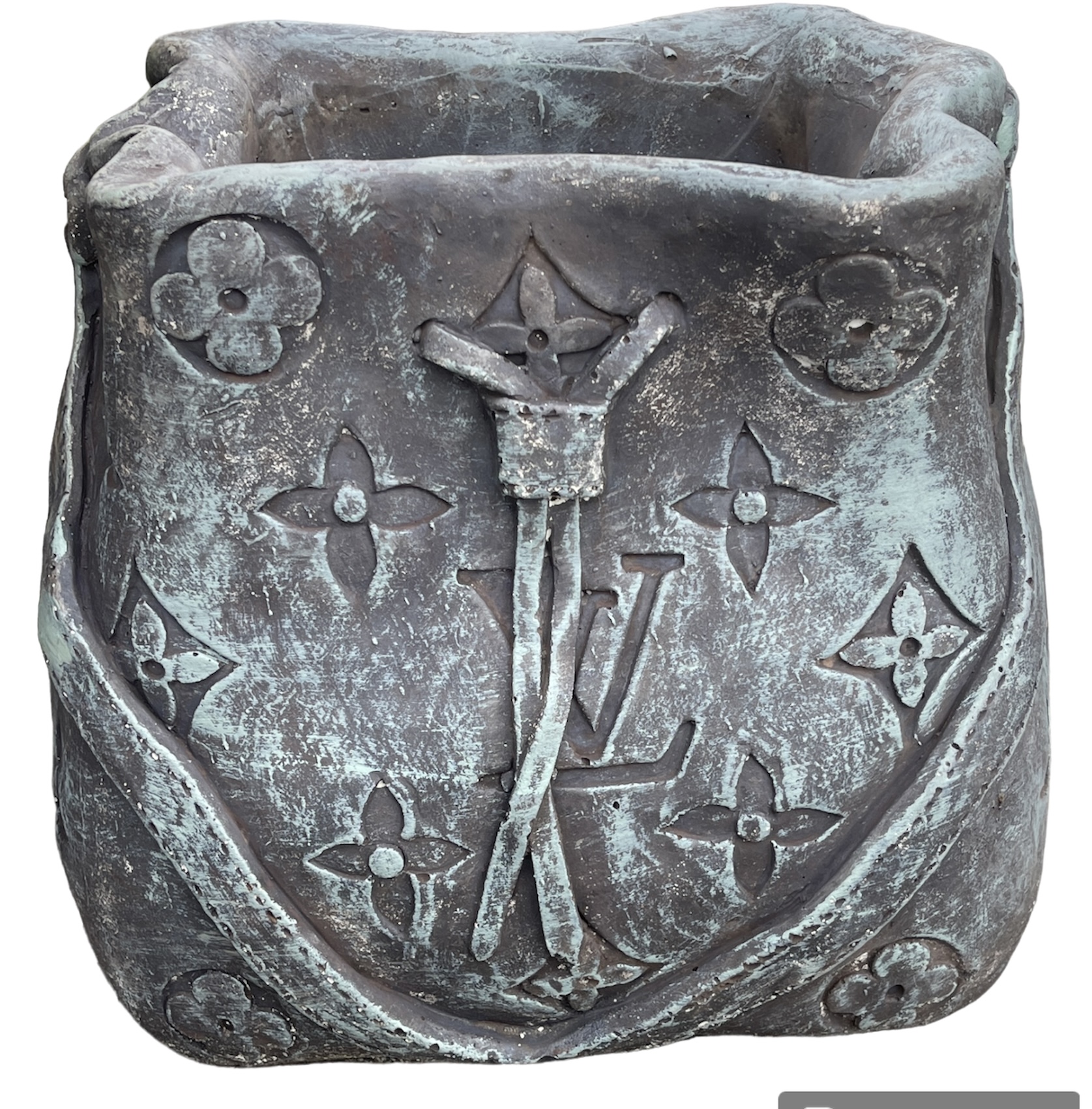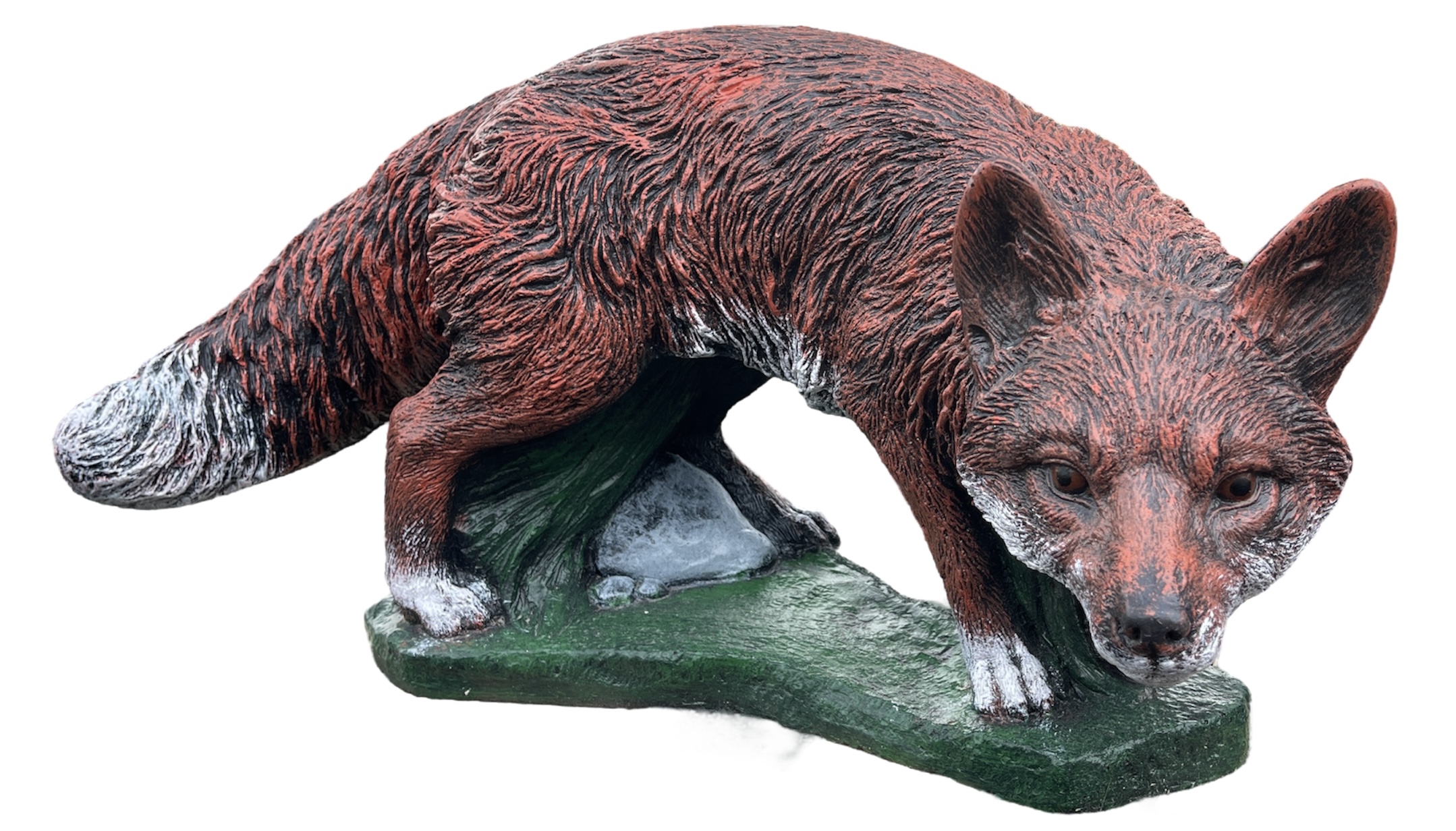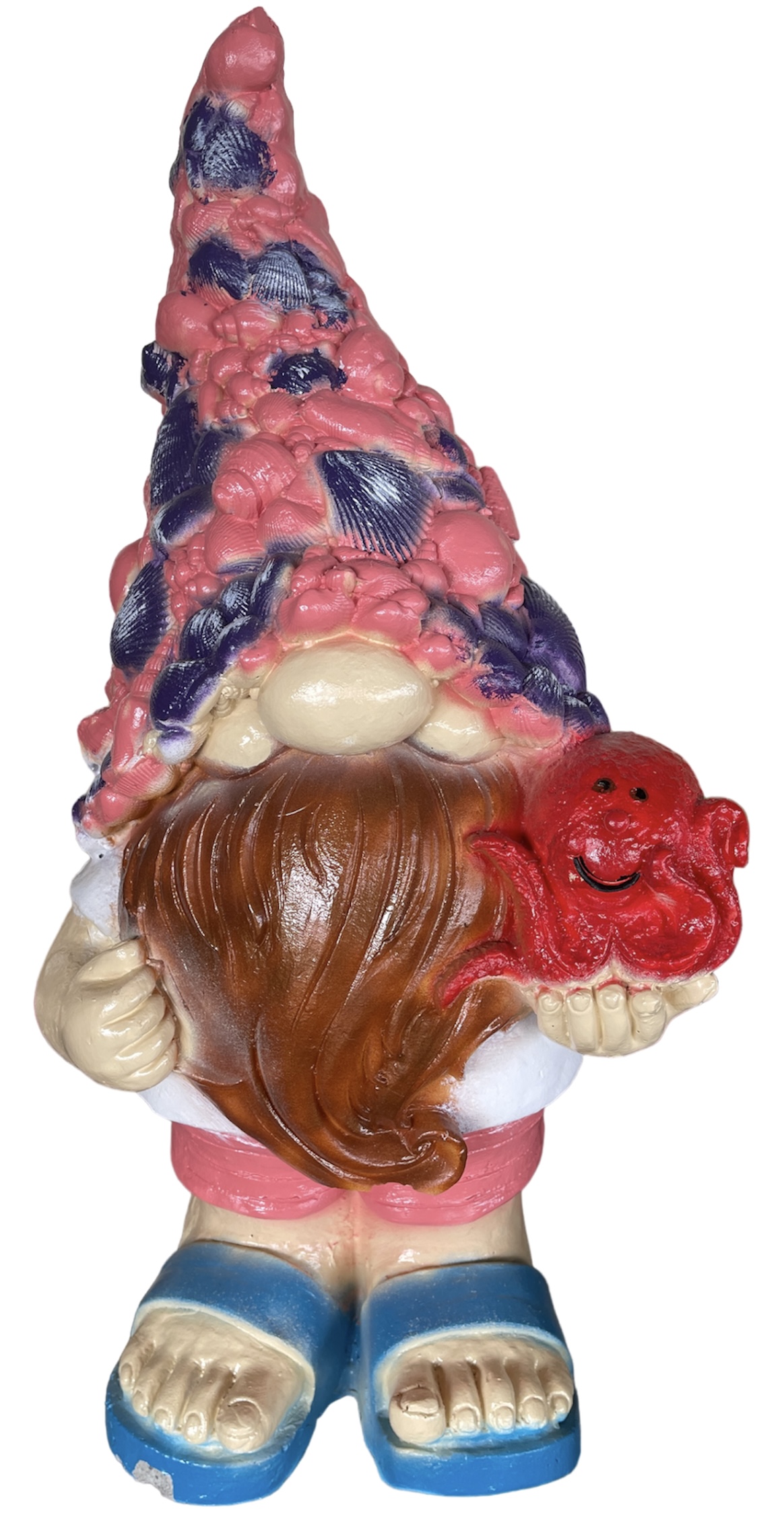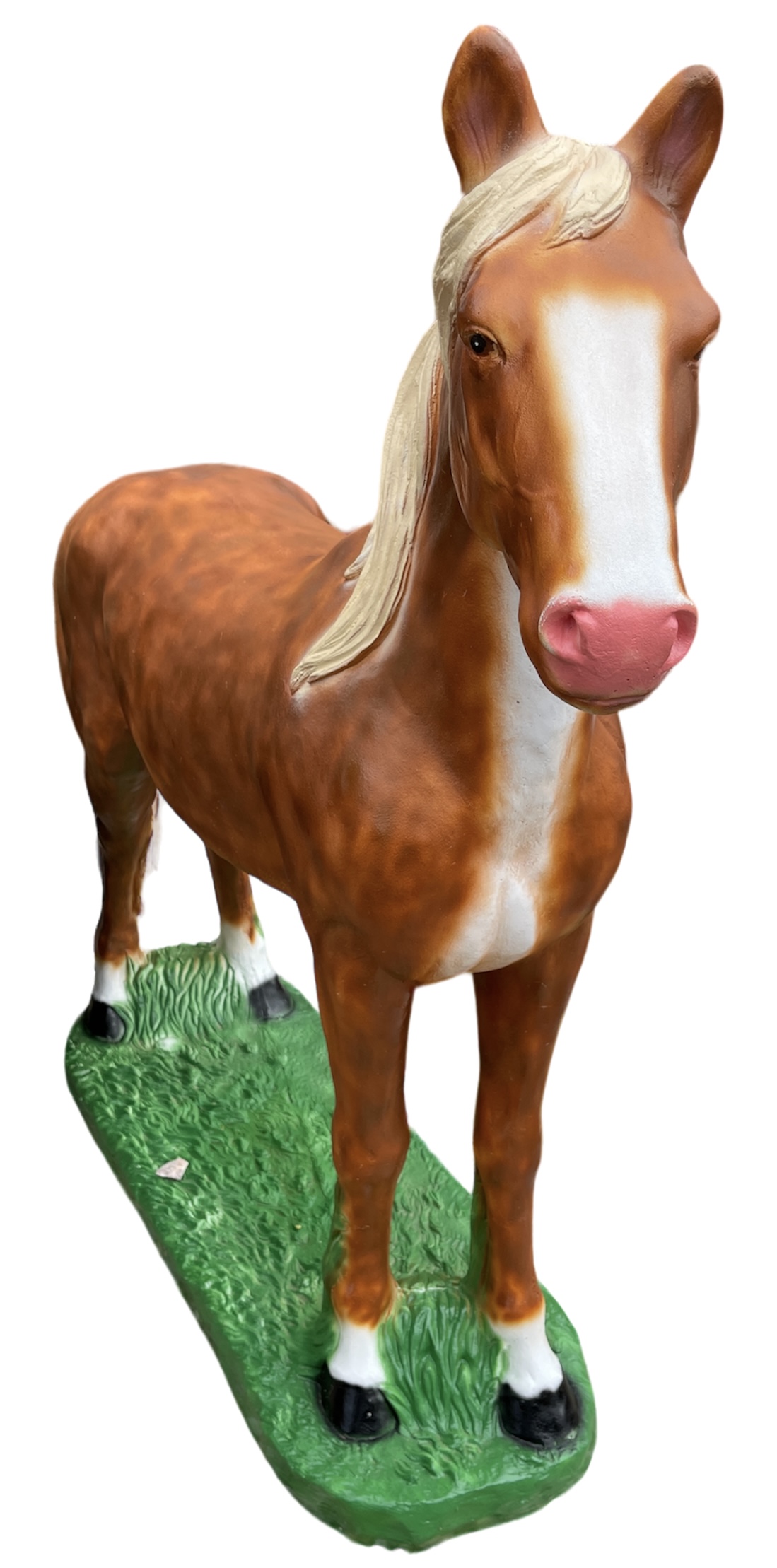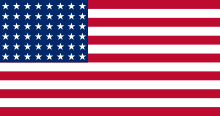Colder days are upon us, and the time for hibernation is just around the corner. A lot of pond owners neglect the preparations for this time of year, due to the lack of information available to them. Harper's will help you with the right information and correct products to ensure you have your pond in proper condition for fall and winter, and eliminate the stress on you and the aquatic life in your pond.
The following checklist will aide in the preparations for the upcoming Fall months:
Fall Season Pond Preparation
Fall Pond Clean
Removing the sludge from the bottom of the pond is highly recommended for this time of year. As your fish and aquatic life move into a "less active" state (fish do not technically hibernate), they will lie dormant within the bottom 6-10 inches of water. Throughout the active season, 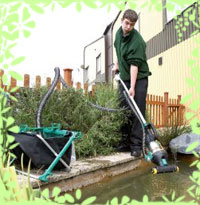 decaying debris and waste have built up at the bottom of your pond creating a sludge collection full of ammonia and nitrates. This sludge is the cause of the 'winter fish kill' that some pond owners experience.
decaying debris and waste have built up at the bottom of your pond creating a sludge collection full of ammonia and nitrates. This sludge is the cause of the 'winter fish kill' that some pond owners experience.
Harper's offers a 2-day pond vacuum rental, which eliminates the need for you to rush out and buy a pond vacuum or wet/dry vacuum. Using a pond vacuum intended for this type of cleaning is the easiest and best way for you to remove the sludge from your pond.
Always remember: Try to never replace more than 1/3 of your ponds water with tap water, as this takes most of the established beneficial bacteria out of the ecosystem. If you must replace more, be sure to use a de-chlorinator, add a slime coat product for fish, as well as replace the bacteria you have removed from the water.
Pond Netting for Catching Leaves
Simple as it is written... Place netting over the entire water surface to catch leaves and debris from falling into your freshly cleaned pond. These materials will just sink to the bottom and create more sludge. We recommend that when netting the pond; build a frame of some sort to raise the net a foot or so above the water surface. With the net closer to the water, the weight of leaves and debris can cause the net to droop into the water. If this happens, when the water freezes, your net can become stuck in the ice and may tear, defeating the purpose of netting the pond.
Harper's has pond netting for any size surface you may need. For ponds bigger than 45 feet across, please call ahead of time as we may need to custom order the net.
Add Winter Bacteria
 Always try to minimize the amount of sludge that builds up at the bottom of your pond. Using a skimmer net or pond vacuum is the best ways to achieve this. Also using a cold season bacteria formula like Microbe Lift Autumn Winter Prep can help accelerate the process of breaking down organic debris in the pond.
Always try to minimize the amount of sludge that builds up at the bottom of your pond. Using a skimmer net or pond vacuum is the best ways to achieve this. Also using a cold season bacteria formula like Microbe Lift Autumn Winter Prep can help accelerate the process of breaking down organic debris in the pond.
Split & Re-pot Plants
This is a great time of year to split and re-pot water plants, as it gives them an earlier start in the spring when the water warms. Your plants will grow and bloom sooner, allowing them to stay healthier and live longer. As your hardy plants begin to die back, it's recommended that you remove the dead and dying leaves and place the plants in the deep section of your pond below the freeze line. The marginal water plants can be cut back to the top of the soil and also be sunk to the deep section of the pond. Tropical water plants can be brought inside and be placed in a container that receives at least 6 hours of bright sunlight.
Switch to Wheat Germ Meal for Fish
As fish become less active in the cold season, their digestive systems slow down. This means they do not consume as many calories as they do in the warm season. The fish foods they are being fed throughout the warm months are full of nutrients and calories. The fish simply cannot process this food in the cold, and in turn the food will sit in their stomach and rot. As the temperatures begin to keep below 60 degrees Fahrenheit, you should feed your fish a wheat germ meal, as this is easier for them to digest. Once the temperatures keep below 50 degrees, you need to stop feeding your fish all together.
Aerators & De-Icers
As organic materials decompose in the pond, they will release toxic gases into the water. In the warm season, theses gases rise through the water and escape at the surface of the water. As the pond freezes over, these gases become trapped in the water with the fish, and will harm or kill the fish. The best way to defeat this process is to have an aeration system in your pond. Pond aerators keep the water from completely freezing over, allowing the gases to escape. Aeration is also very beneficial to the ecosystem of your pond all year round! In colder climates a pond de-icer may be needed to keep a hole in the ice. DO NOT BREAK THE ICE as this creates shockwaves in the water that may harm or kill your fish.
Thermometer
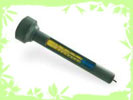 A pond thermometer is a great investment for pond owners. It is very inexpensive, and can help greatly with deciding when to start cold season preparations and when to switch the feeding regimen for your fish.
A pond thermometer is a great investment for pond owners. It is very inexpensive, and can help greatly with deciding when to start cold season preparations and when to switch the feeding regimen for your fish.

















